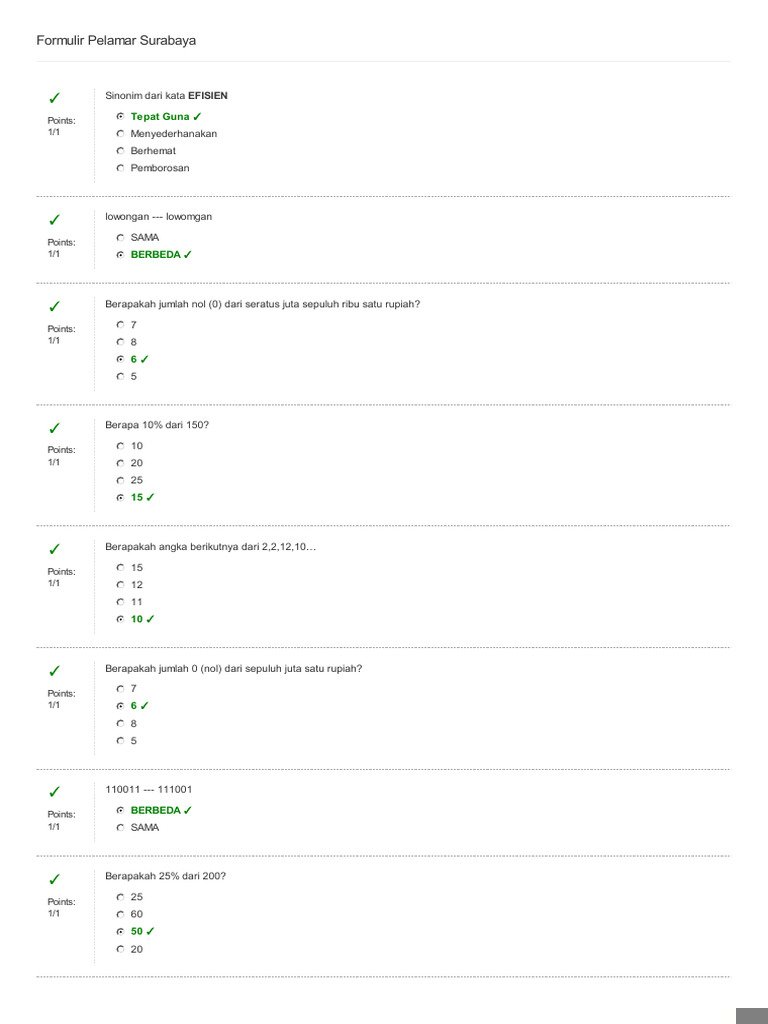Berapakah Jumlah 0 (Nol) Dari Sepuluh Juta Satu Rupiah?

In the realm of numbers, especially when it comes to currency, simple questions can often lead to intriguing insights. So, berapakah jumlah 0 (nol) dari sepuluh juta satu rupiah? The answer is an astonishing 7 zeros, a fact that opens the door to understanding how we perceive value.
This query not only challenges our numerical skills but also invites us to reflect on the significance of money in our lives. Each zero represents a leap in quantity, illustrating how quickly wealth can accumulate. Let’s dive deeper into this fascinating topic and explore what these zeros really mean in our everyday transactions.
berapakah jumlah 0 (nol) dari sepuluh juta satu rupiah?
When exploring the concept of money, especially in Indonesian currency, it’s essential to understand how numbers work and what they represent. The question “berapakah jumlah 0 (nol) dari sepuluh juta satu rupiah?” translates to “how many zeros are there in ten million and one rupiah?” This question opens up a wide-ranging inquiry into numbers, value, and mathematical concepts. In this article, we will delve deep into this topic, providing a comprehensive understanding of large numbers, the structure of the Indonesian currency, and even some educational insights for young learners.
Understanding Large Numbers
To grasp the number of zeros in “sepuluh juta satu rupiah” (ten million and one rupiah), we first need to understand what ten million represents:
– Ten million is written as 10,000,000.
– The number ten million contains **seven zeros**.
It is helpful to break down the number into parts:
– **One million** is 1,000,000 (6 zeros).
– **Ten million** is 10,000,000 (7 zeros).
Now, when we add one rupiah to it, the complete figure becomes:
– **Ten million and one rupiah**: 10,000,000 + 1 = 10,000,001.
Even with the addition of one, the number of zeros remains the same at **seven**. Thus, we conclude that there are seven zeros in ten million and one rupiah.
The Structure of Indonesian Currency
Understanding the currency itself can be quite enriching, especially for young learners. The Indonesian rupiah (IDR) is the official currency of Indonesia. Let’s break down how money is structured in Indonesia.
Denominations of the Rupiah
The Indonesian currency system includes several denominations, both in coins and banknotes:
– **Coins**: These generally range from 50 rupiah to 1,000 rupiah.
– **Banknotes**: The notes come in various values, such as 1,000, 5,000, 10,000, 20,000, 50,000, 100,000, and higher denominations.
For example:
– A **1,000 rupiah note** is a common sight in transactions.
– **100,000 rupiah** is a higher denomination, often used for larger purchases.
Understanding the structure and value of these denominations can help children learn about money management and basic math.
How Currency Value Works
Currency value can fluctuate based on several factors. Here’s a simple explanation of how the value of the rupiah works:
– **Supply and Demand**: When more people want to buy rupiah, its value goes up.
– **Economic Stability**: A stable economy leads to a stronger currency.
– **Inflation**: If prices increase, the purchasing power of money decreases.
To make this concept easier for children to understand, you can compare currency to something they know well – let’s say, toys. If there are lots of the same toy available, it may cost less. But if a toy becomes very popular and hard to find, it may cost more. This is very similar to how money works in real life.
Exploring the Concept of Zeros in Numbers
Having zero in numbers plays a crucial role in mathematics. It helps us understand place value, which is key to comprehending larger numbers. Here’s how zeros work in various contexts:
Place Value Explained
– In the number 10,000,000, each zero contributes to its overall value.
– If you change the number of zeros, you change its value. For example:
– 1,000,000 = One million
– 100,000 = One hundred thousand
– 10,000 = Ten thousand
To illustrate this concept with a simple chart:
| Number | Zeros Count | Value |
|—————|————-|——————–|
| 1,000,000 | 6 | One Million |
| 10,000,000 | 7 | Ten Million |
| 100,000,000 | 8 | One Hundred Million |
This table helps visualize how zeros influence the size of numbers.
The Importance of Zero in Math
Zero is essential in mathematics. It’s not just a placeholder, but it also plays significant roles in arithmetic:
– **Addition and Subtraction**: Adding zero to a number leaves it unchanged. For example, 5 + 0 = 5.
– **Multiplication**: Any number multiplied by zero equals zero. For example, 7 × 0 = 0.
– **Division**: Division by zero is undefined and creates problems in calculations.
Understanding these principles can greatly aid young learners in grasping mathematical concepts.
Practical Applications of Understanding Money and Zeros
Now that we’ve established a foundation around the number of zeros in ten million and one rupiah, as well as the significance of the rupiah itself, let’s talk about why this knowledge is practical and how it can be applied.
Budgeting and Saving
Understanding the value of money, including large sums such as ten million rupiah, helps learners grasp budgeting and saving techniques. Here are a few tips:
– **Setting Goals**: Children can set savings goals. For example, if they want to save for a new bicycle costing 1,500,000 rupiah, they can break it down into smaller, manageable savings amounts.
– **Tracking Spending**: Keeping track of where money goes is essential. Whether it’s saving for snacks or toys, being aware of expenses helps children make better financial decisions.
Learning through Real-Life Scenarios
Engaging children with real-life scenarios fosters understanding. Here are some examples:
– **Shopping Simulation**: Create a shopping experience where children use play money to buy items with different prices. They can practice counting and understanding the value of money.
– **Saving Challenges**: Set up a saving challenge where they aim to save a specific amount each week. This can be tracked visually using jars for different savings goals.
Exploring the question, “berapakah jumlah 0 (nol) dari sepuluh juta satu rupiah?” reveals much about numbers, the Indonesian currency, and the concept of value. By understanding the structural components of large numbers and the significance of zeros, learners gain essential mathematical skills as well as practical financial knowledge. These insights not only enhance their numeracy skills but also help them navigate the world of money, laying a strong foundation for their future. Embracing these concepts can lead to more informed, financially savvy individuals ready to tackle the complexities of the economy.
Bilangan Terbesar Setelah Juta, Miliar, dan Triliun – Tahu Gak Sih
Frequently Asked Questions
“`html
How many zeros are in ten million?
Ten million is represented numerically as 10,000,000. It contains seven zeros. The number can also be expressed as 10 to the power of 7, signifying its size.
What is the significance of the zeros in large numbers?
Zeros in large numbers help indicate the scale or magnitude of the number. Each zero represents a factor of ten, so as you add more zeros, the value increases exponentially. For example, one zero represents ten, two zeros represent one hundred, and so forth.
How do you write ten million in words?
Ten million is written in words as “ten million.” When writing out large numbers, it’s common to break them into groups of three digits, such as million, billion, etc., for easier comprehension.
What is the difference between one million and ten million?
One million is represented as 1,000,000, which contains six zeros, while ten million is 10,000,000 with seven zeros. Therefore, ten million is ten times larger than one million.
How do you express ten million in scientific notation?
In scientific notation, ten million is expressed as 1 x 10^7. This notation simplifies the representation of large numbers by using powers of ten.
“`
Final Thoughts
In summary, the question “berapakah jumlah 0 (nol) dari sepuluh juta satu rupiah?” leads us to a simple numerical answer. Ten million and one rupiah contain seven zeros following the digit one. This straightforward detail highlights the importance of understanding large numbers and their representation. Knowing this can help in various financial contexts, making it easier to grasp the scale of such amounts.







